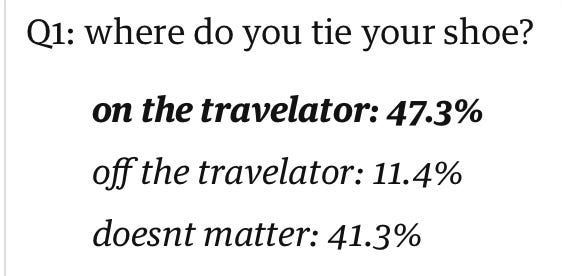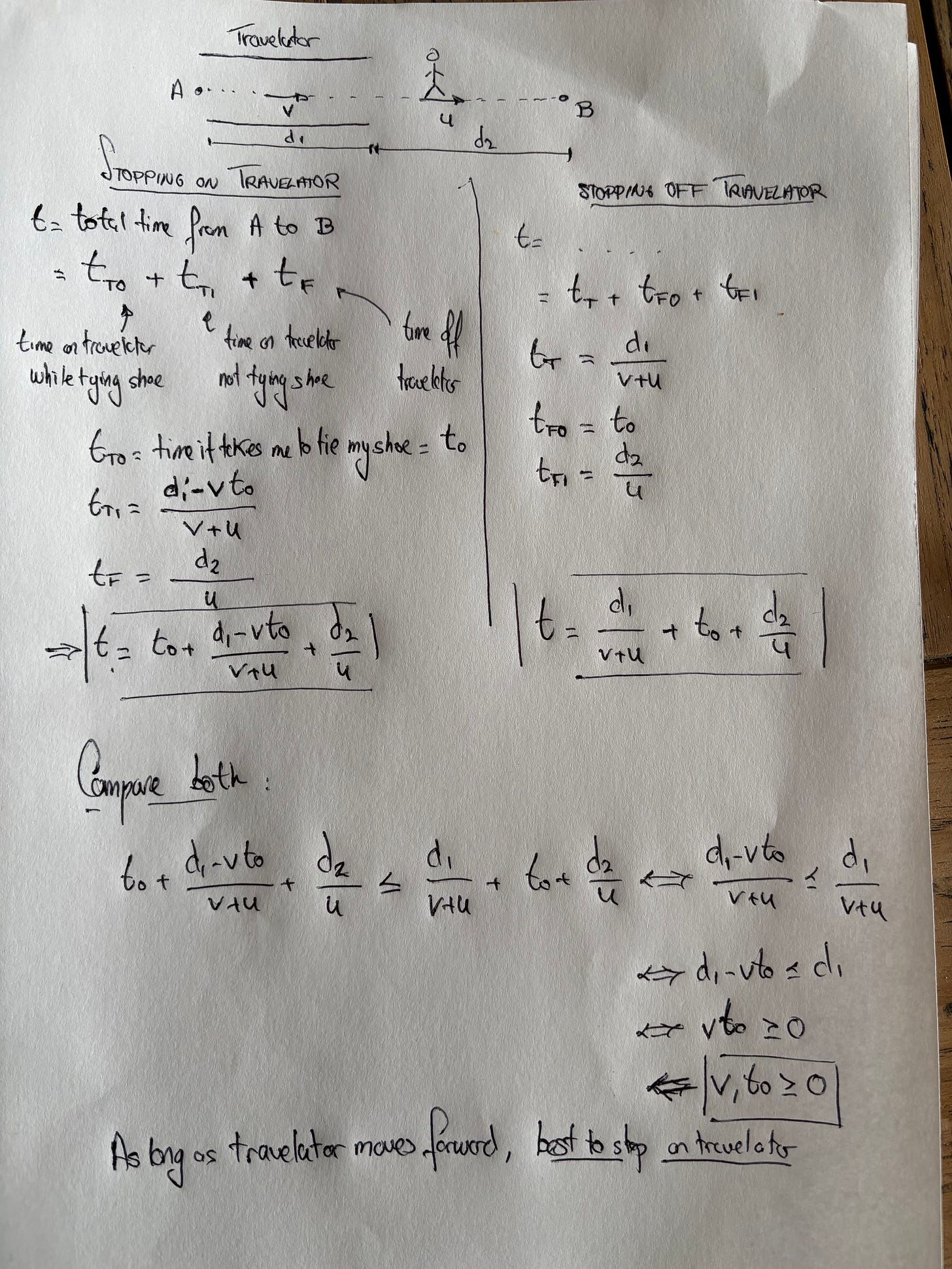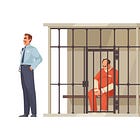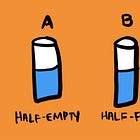A Moving Walkway, a Loose Shoelace—and a Surprising Math Lesson
How a Tiny Decision at the Airport Reveals a Neat Mathematical Truth
This is The Curious Mind, by Álvaro Muñiz: a newsletter where you will learn about technical topics in an easy way, from decision-making to personal finance.
Every day, we make countless unconscious decisions—each hiding a potential mathematical puzzle.
When it starts raining as you walk home and you start running, does that really keep you drier? When you accept an offer simply because "it seems high enough", is that truly the optimal thing? We often follow instinct—doing what "feels right".
Let me show you how mathematics can even help with something as mundane as tying your shoe.
The Travelator Problem
Here’s an interesting puzzle posed by the mathematician Terence Tao in his blog:
You are at the airport and need to get from Terminal A to Terminal B.
Suppose you walk at a constant speed. Along the way are moving walkways (“travelators”) that add their own speed to yours.
As you start walking you realise that you need to tie your shoe. You have to decide whether to stop on or off a travelator.
If your goal is to get to Terminal B as quickly as possible, where would you stop?
My First Thoughts
When I first encountered this problem, my gut told me I should tie my shoe while on the travelator.
I couldn’t justify it rigorously, but I thought: if I stop on the travelator, "at least I’m moving a bit while tying my shoe."
The travelator problem was presented in The Guardian in 2016. Most people shared my gut feeling:
But after thinking it through, I began to suspect it didn’t matter where I stopped.
My reasoning was along the following lines. Let’s say I walk at a constant speed of 4 km/h, and the travelator moves at a constant speed of 3 km/h.
If I stop walking on the travelator, I’ll move at 3 km/h instead of 7 km/h. So I’ll move 4 km/h slower while I tie my shoe.
If I stop walking off the travelator, I’ll move at 0 km/h instead of 4 km/h. Again, 4 km/h slower while I tie my shoe.
So, regardless of where I decide to tie my shoe, I’ll just be moving 4 km/h slower during that time.
Then I wondered whether the answer depends on the exact speeds. Maybe the math would get messy…
Solving the Puzzle
The Hard Way—Doing The Math
One way to solve the puzzle is by simply doing the math.
Let u be your walking speed and v the travelator’s speed. You can set up and solve a simple system of equations.
Here is what you will find:
Regardless of what your walking speed and the travelator’s speed are, it’s always best to stop on the travelator.
You’ve done the math, so this is the answer. If you have any curiosity at all, you’ll probably be wondering:
But why?
The Simple Way—A Beautiful Solution
Here is an elegant argument that shows why it’s best to stop on the travelator.
Imagine two people, Alice and Bob, both walking from Terminal A to Terminal B. They both need to tie their shoe along the way. As they approach the first travelator:
Alice stops just before the travelator to tie her shoe.
Bob stops immediately after stepping on the travelator to tie his shoe.
Now see what happens.
While they tie their shoes, Bob keeps moving and Alice doesn’t. When they start walking again, Bob’s head start is permanent—he reaches Terminal B first.
A Challenge for You
Terence Tao also proposed the following problem, which I will leave for you to ponder on:
If you can run for some time instead of walking, where would you run?
Takeaways & Everyday Applications
In this puzzle, our instinct—stop on the travelator—turns out to be exactly right.
The value of the math is in showing why that gut feeling works: progress continues underneath you, so any pause there costs less time. It’s a small reminder that mathematics shows up everywhere—even in something as ordinary as tying your shoe on the way to your gate.
Sometimes intuition needs correcting; sometimes it needs confirming, and math is what lets us see the truth either way.








Elegiría atarme en la cinta para cansarme menos
I've wondered so many times about if you get more wet running or walking under the rain 😂🙏🏽